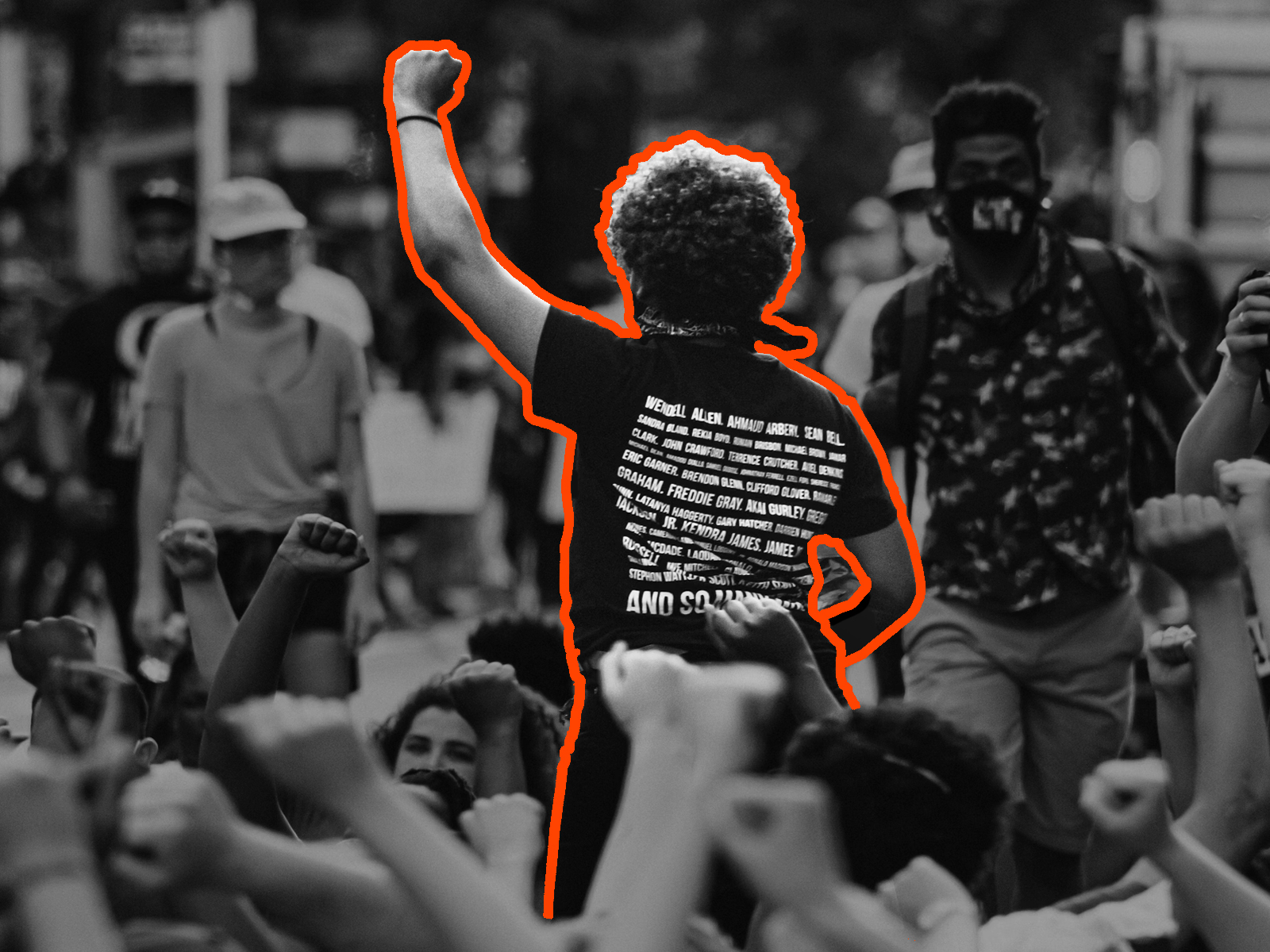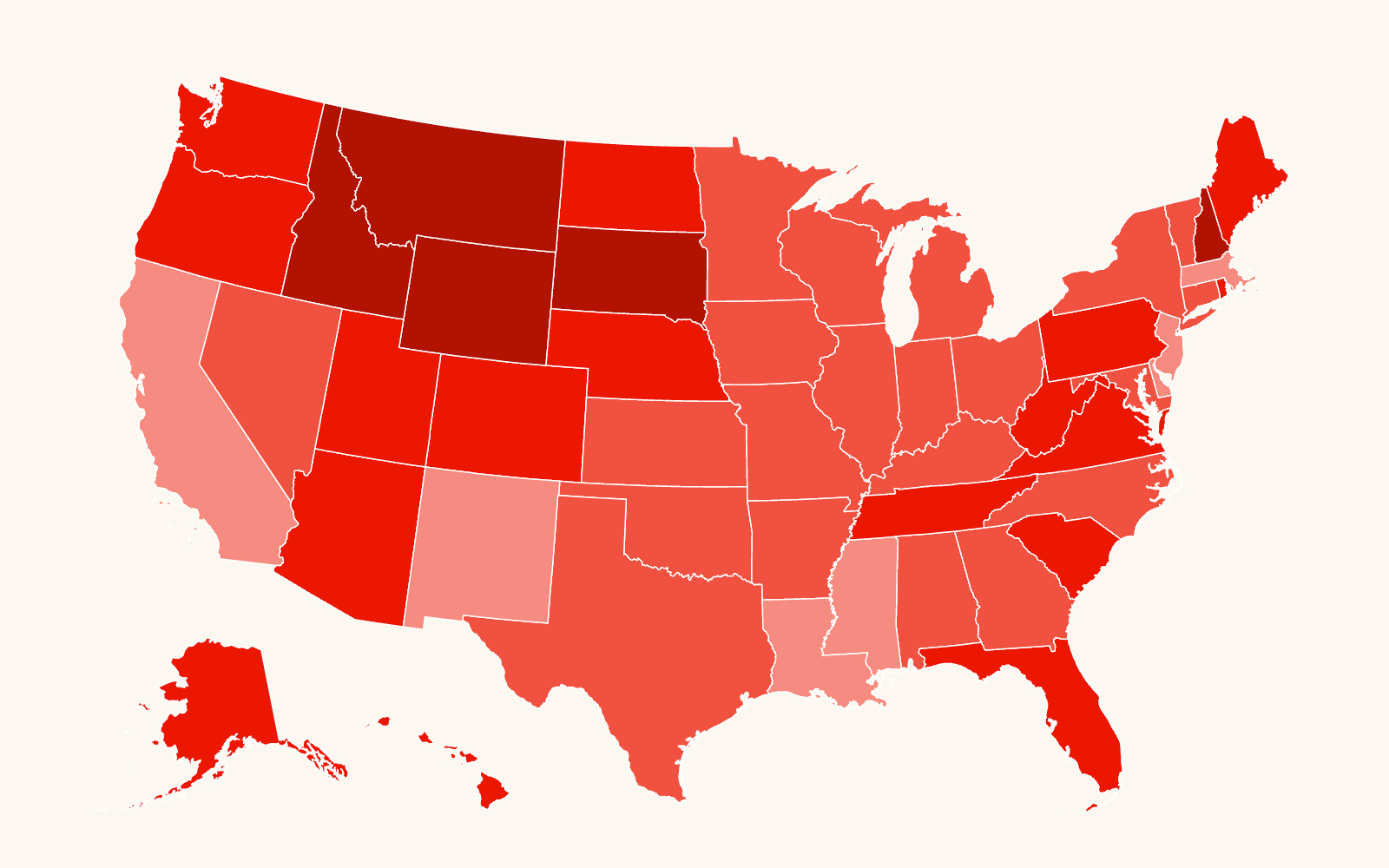When hate crimes or hate incidents occur, everyone has a stake in ensuring an effective response. Individuals and communities must be prepared. The most recent FBI hate crime report documented near-record-high levels of hate violence in the U.S.
But how should you and your community respond? With October designated by the Southern Poverty Law Center as Hate Crimes Awareness Month, now is the perfect time to consider that question.
Speak up against hate and discrimination
Don’t be a bystander to hate. Whether it’s in the halls of Congress, your state legislature or city council, a school board meeting, in school, or a casual conversation, bigotry and hateful rhetoric cannot be tolerated. Your voice matters. Hate thrives and is normalized when no one speaks against it.
Support those harmed by hateful language and actions
Hate crimes and hate incidents can instill fear, ignite tensions and divide communities. When developing a response, the voices of those who have been targeted or harmed should be centered. Ensure that psychological and physical safety are being restored in ways that align with their preferences and needs. Together, we must send this message: We condemn the hate, we see the targets of hate, and support all victims.
Pressure leaders — use your power
Elected officials and other community leaders can be important allies. Educate community leaders about the causes and effects of hate. Demand that leaders name the problem and firmly denounce it.
Come together— strengthen your local community
Volunteer, attend local events, and support organizations that bring people together across differences. Support local organizations that are delivering culturally informed direct services to those who have been targeted or harmed. Create diverse coalitions — reach out to allies from places of worship, schools, clubs and other civic groups. Targeted communities must know they are not alone. Extremism thrives in isolation; connection is the antidote.
Report the crime — seek support
If you feel comfortable doing so, report hate crimes to the police. It’s understandable that some marginalized or targeted community members — including immigrants, people with disabilities, LGBTQ+ community members, Muslims, Arabs, Middle Easterners, South Asians, and people with limited English-language proficiency — do not feel safe reporting. If you do not feel comfortable speaking directly to police about a potential hate crime incident, seek support and assistance from other local officials, family members and community groups.
Promote prevention
The law is a blunt instrument to confront hate and extremism. Enforcement of federal and state hate crime laws is critical, but insufficient. To mitigate the harm, we must fund, develop and test initiatives designed to combat the root causes of extremism and hate violence. This includes local programs that promote democracy, civics education, comprehensive sexual health education, and digital, media and information literacy initiatives.
Support inclusive education
Demand accurate, honest curricula in your local schools. Community leaders, lawmakers and private businesses must reject efforts to eliminate diversity and equal opportunity programs and efforts to restrict the teaching of accurate history or ban books in schools and libraries. Initiatives such as these tacitly endorse discrimination and hate against Black and Brown communities while allowing manipulative disinformation to flourish.
Educate yourself
Hate speech, discrimination and bigotry can take many forms, including jokes. An informed awareness campaign can effectively unmask hate groups and thwart their outreach. Commit to disrupting hate and intolerance at home, at school, in the workplace and in faith communities. The SPLC’s Year in Hate & Extremism 2024 report and other resources on extremism can help expose these groups and their bigotry — and provides policy recommendations to help address their impact.
Reject online hate and know the signs of radicalization
When you see hateful rhetoric forming in any online circles or chats, speak against it and leave. Help young people develop the awareness to identify hateful manipulation and resist it. Use tools designed for parents and caregivers to help understand vulnerabilities, recognize warning signs and develop intervention strategies with young people who may show signs of being pulled into hate-based propaganda and prejudice. Networks of trusted adults can help prevent radicalization.



